In the News
Commentary: Disinvesting in Youth Programs Will Cost Us In the Long Run
The federal government has cut millions from programs proven to reduce incarceration and promote safer, stronger communities.
By Brian Parchesky July 17, 2025
In the world of child and family services, we measure success not just in numbers, but in changed lives. And right now, the numbers are telling a hopeful story.
According to the latest data from the federal Office of Juvenile Justice and Delinquency Prevention, the number of youth held in juvenile facilities across the country has declined by 75% since 2000. That’s not a fluke; it’s a result of thoughtful, sustained investment in programs that work. Programs that keep young people connected to their families, their schools and their communities. Programs that many of us in New York have built, supported and fought for over the last two decades.
When we invest in youth, they show us they’re worth it. When we meet them with structure, compassion and opportunity — instead of punishment alone — they thrive. That’s not just a theory. It’s proven by decades of research and by the thousands of young lives touched by prevention and diversion programs across the state.
And yet, this progress is fragile.
The federal government recently slashed approximately $811 million in critical justice grants, including making $136 million in cuts to the Office of Juvenile Justice and Delinquency Prevention. These cuts directly undermine programs proven to reduce incarceration and promote safer, stronger communities. As these federal resources disappear, state investment becomes even more essential.
If we scale back funding now, we risk undoing years of advancement. We risk failing the very kids who are counting on us to see them not for a mistake they’ve made, but for the potential they still hold.
In the face of these cuts, we are heartened by emerging bipartisan efforts that affirm the value of youth justice reform.
At the federal level, the Juvenile Justice and Delinquency Prevention Reauthorization Act of 2025 would provide critical protections and sustained funding for programs proven to work. At the state level, the proposed Youth Justice Innovation Fund, which passed the Senate this year, would invest $50 million in community-based prevention programs. While it awaits further advocacy next year, it represents a hopeful sign of the direction we must continue pursuing.
These policy efforts mirror what we already know: When we support kids before they fall through the cracks, everyone benefits. The future of our state depends on the strength of our communities. And the strength of our communities depends on how we show up for our young people — especially when they need us most.
Let’s keep investing in solutions that build safer communities, brighter futures and better outcomes for everyone.
